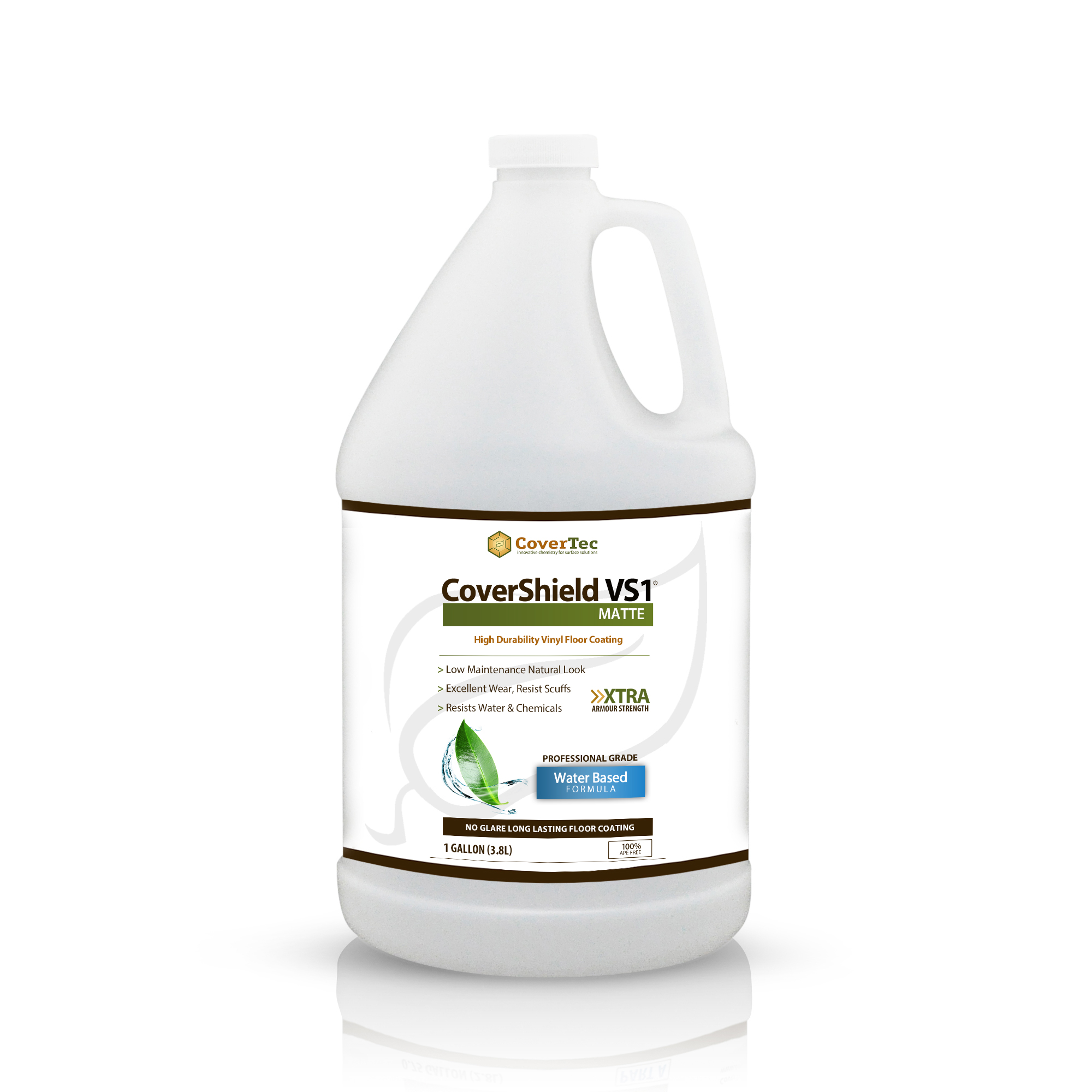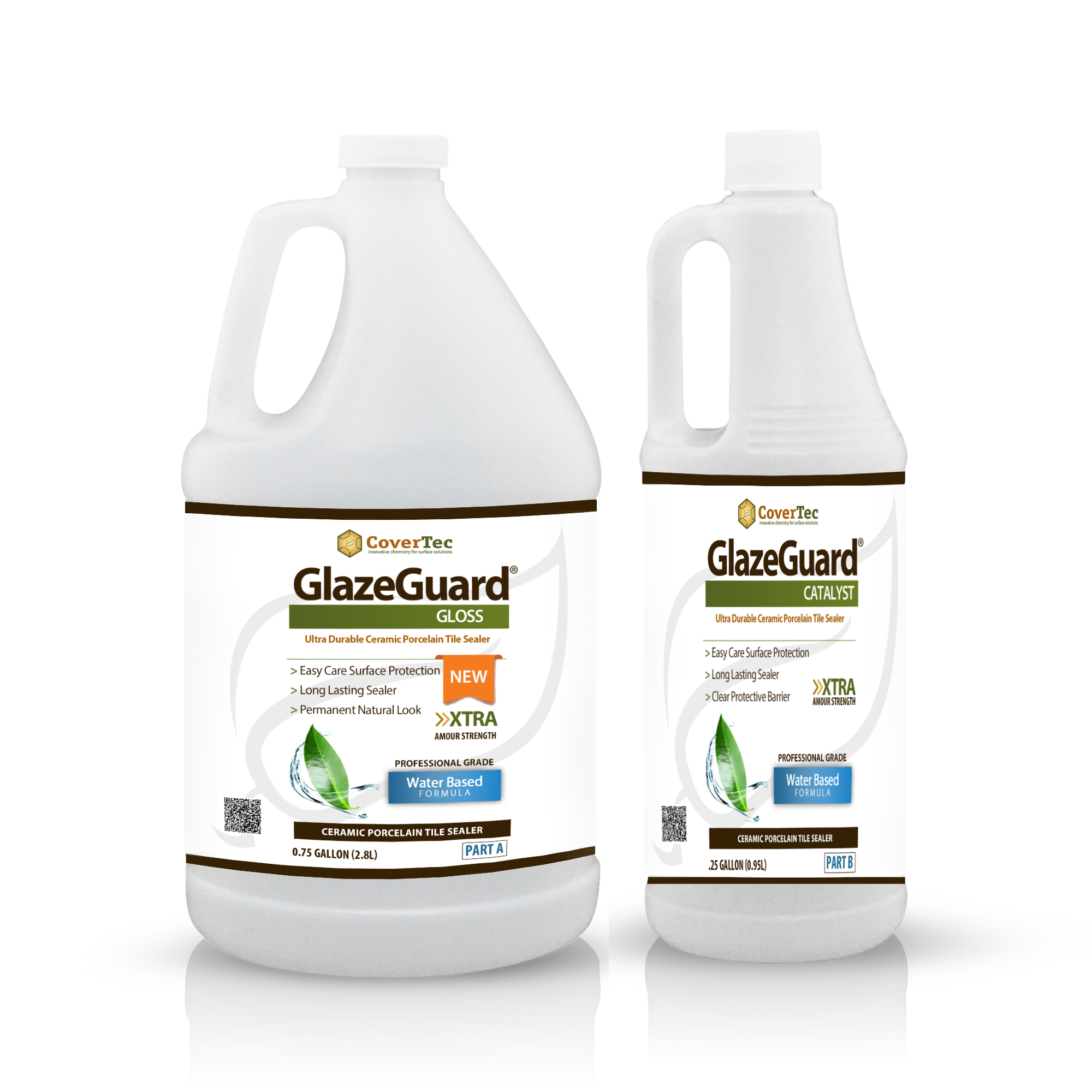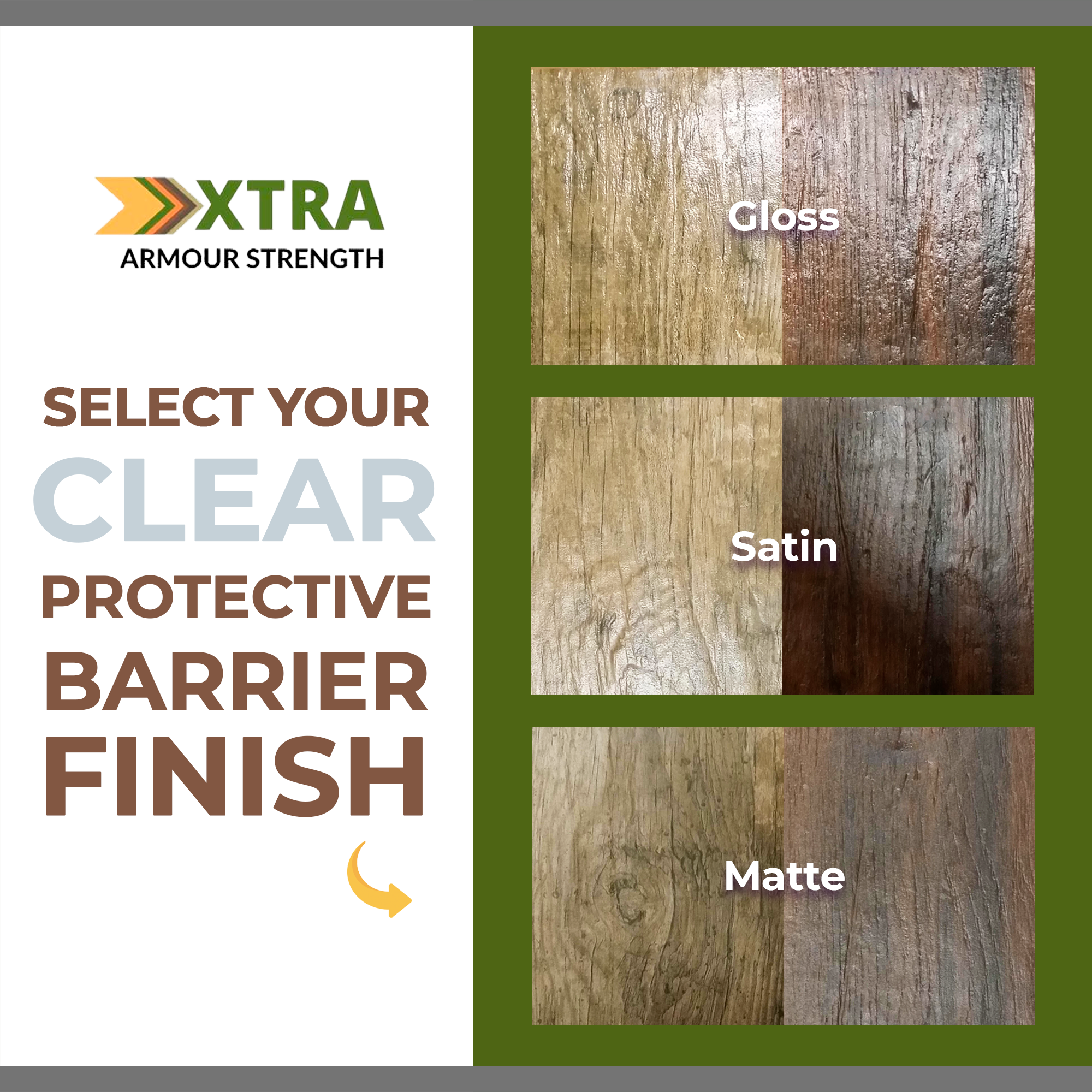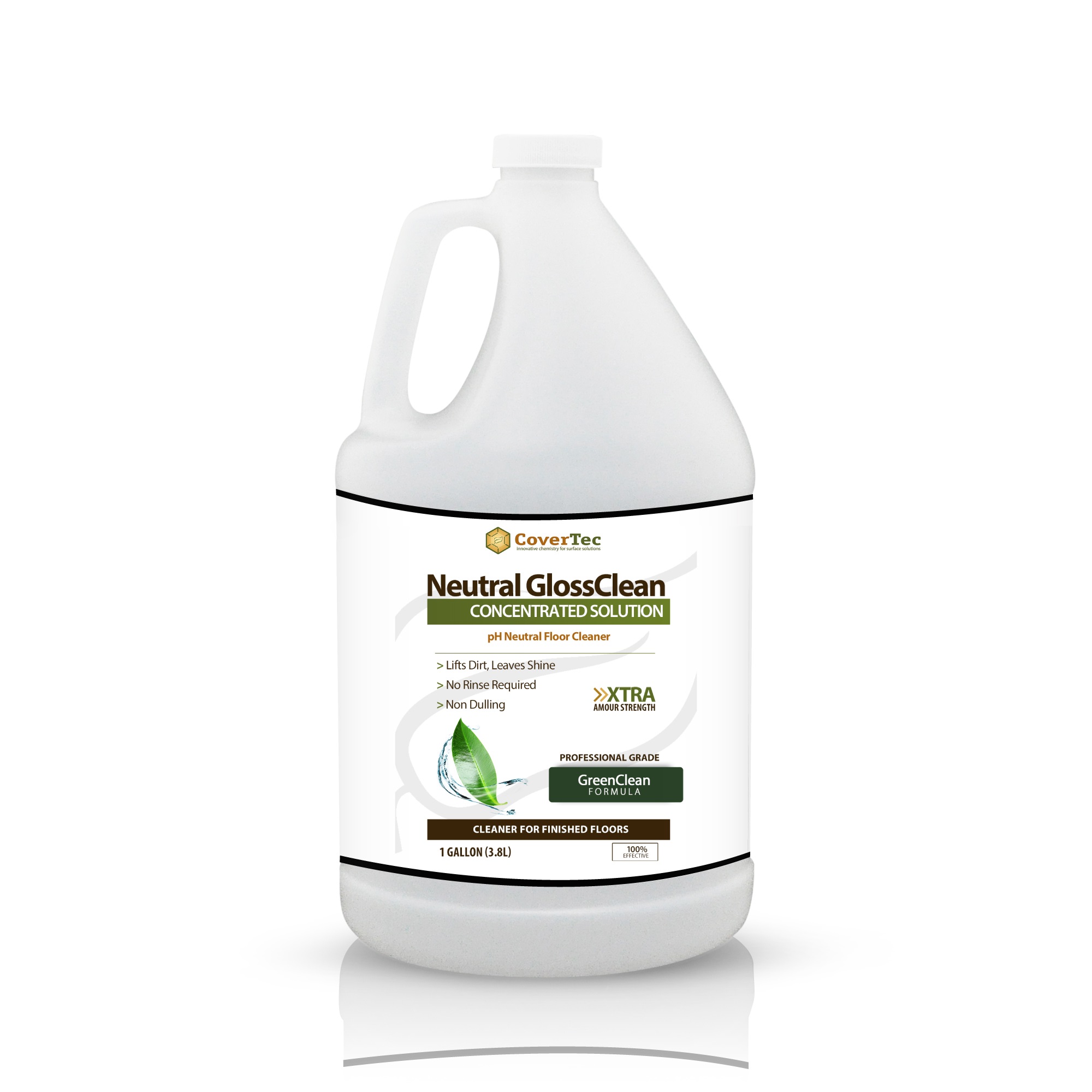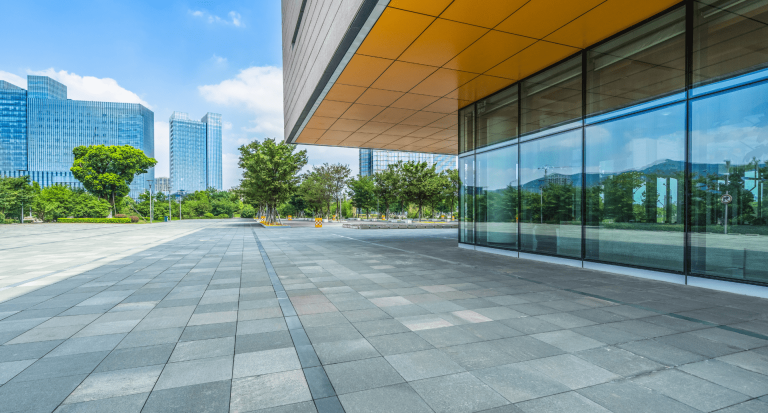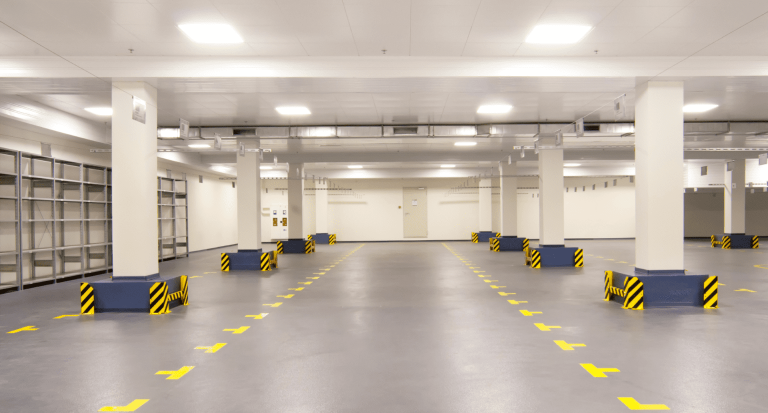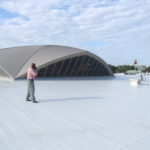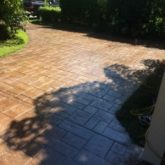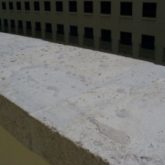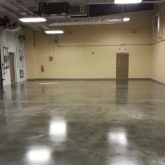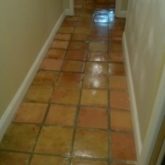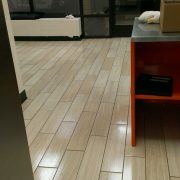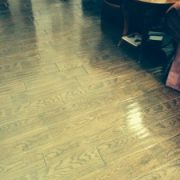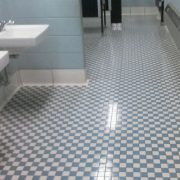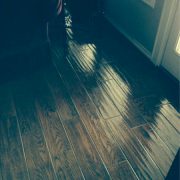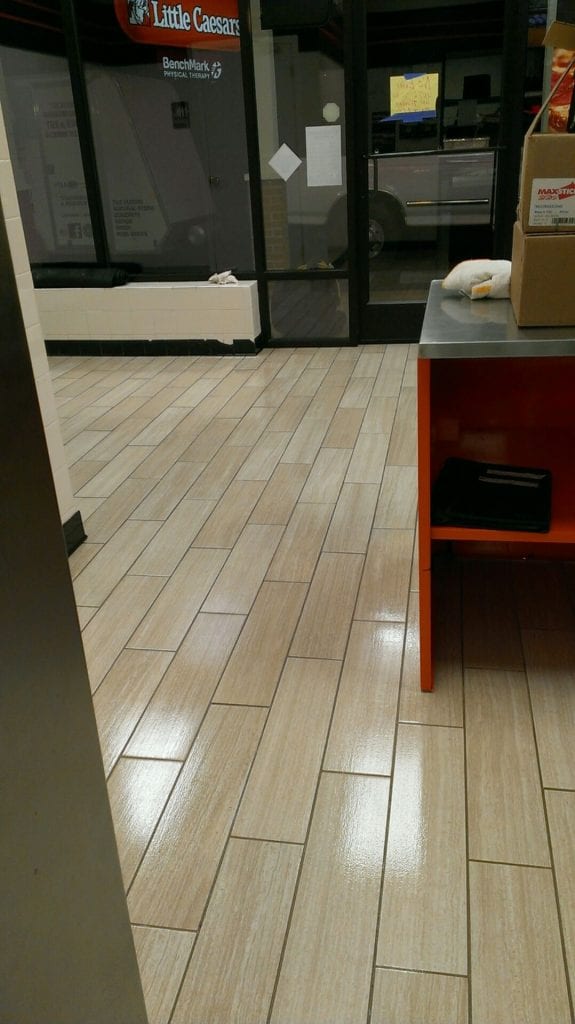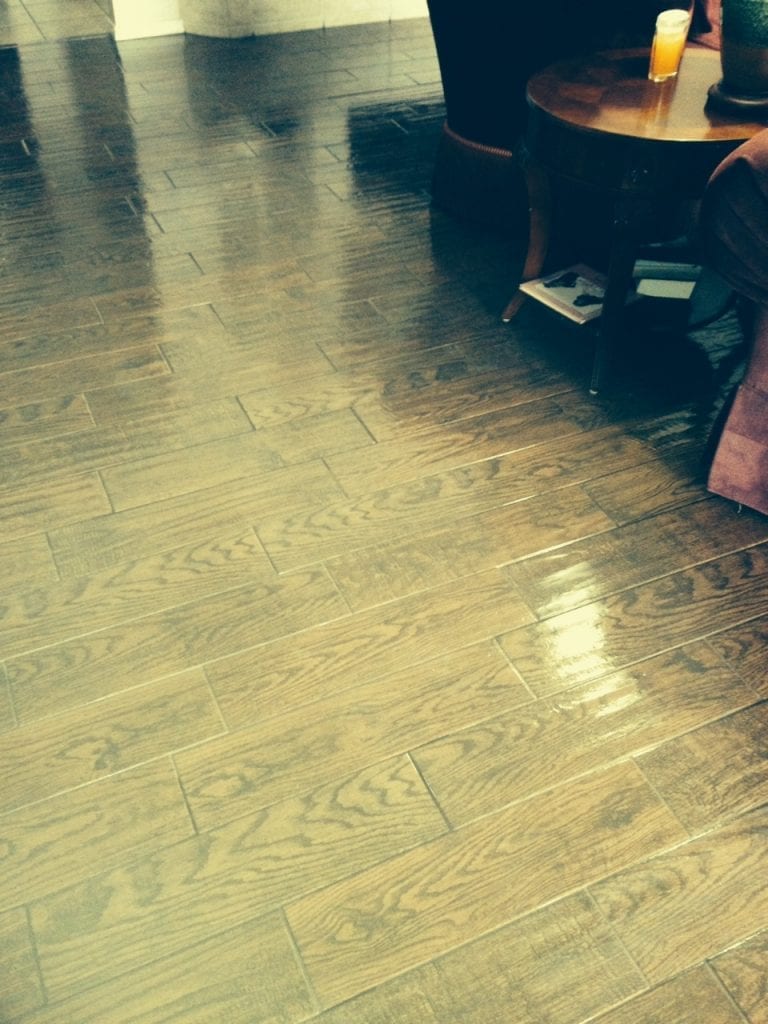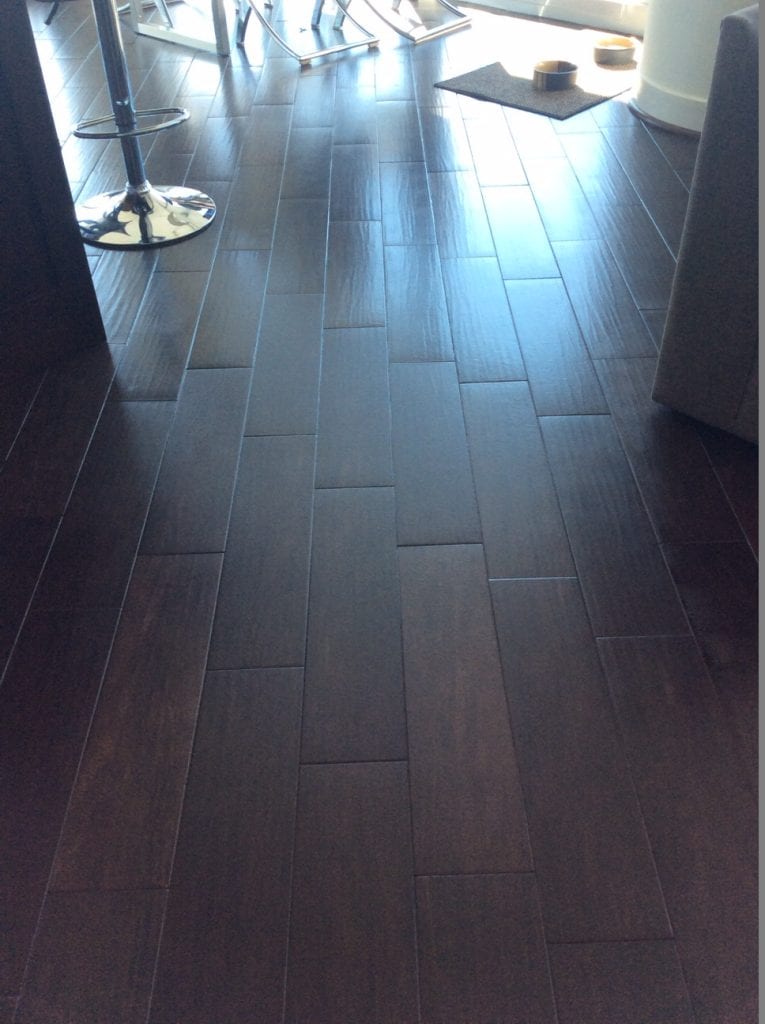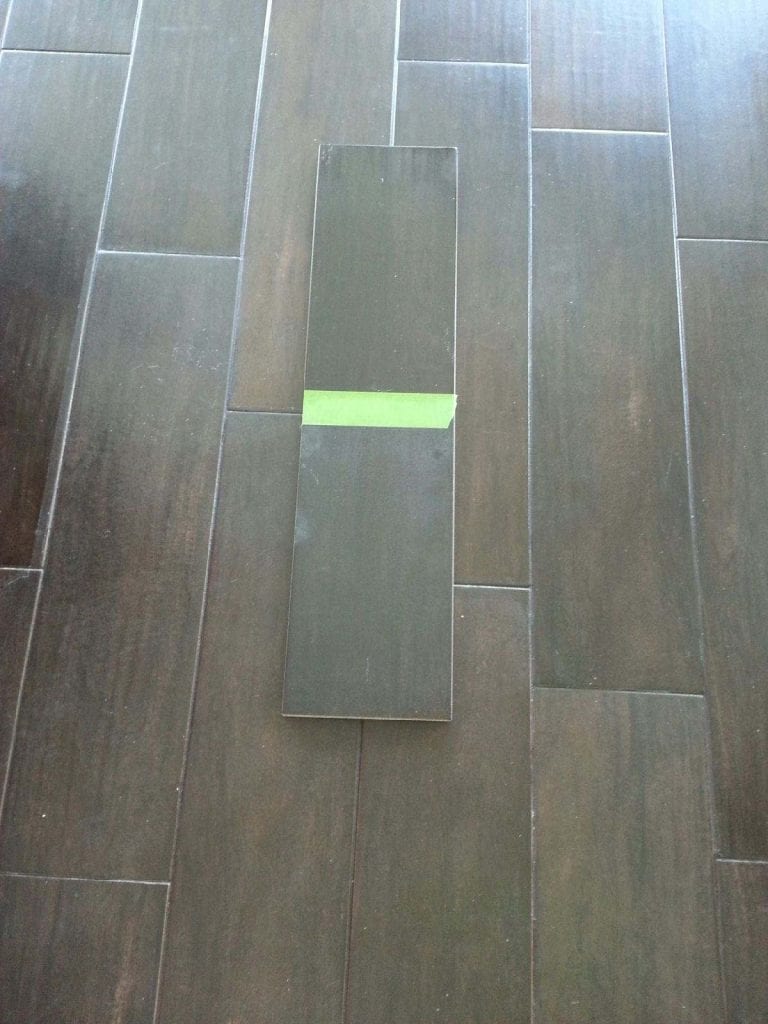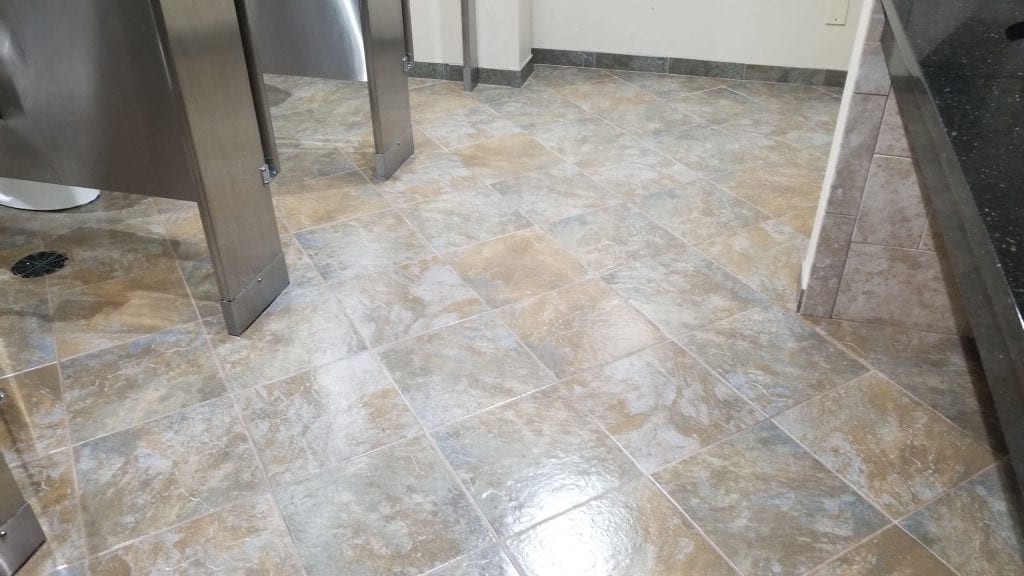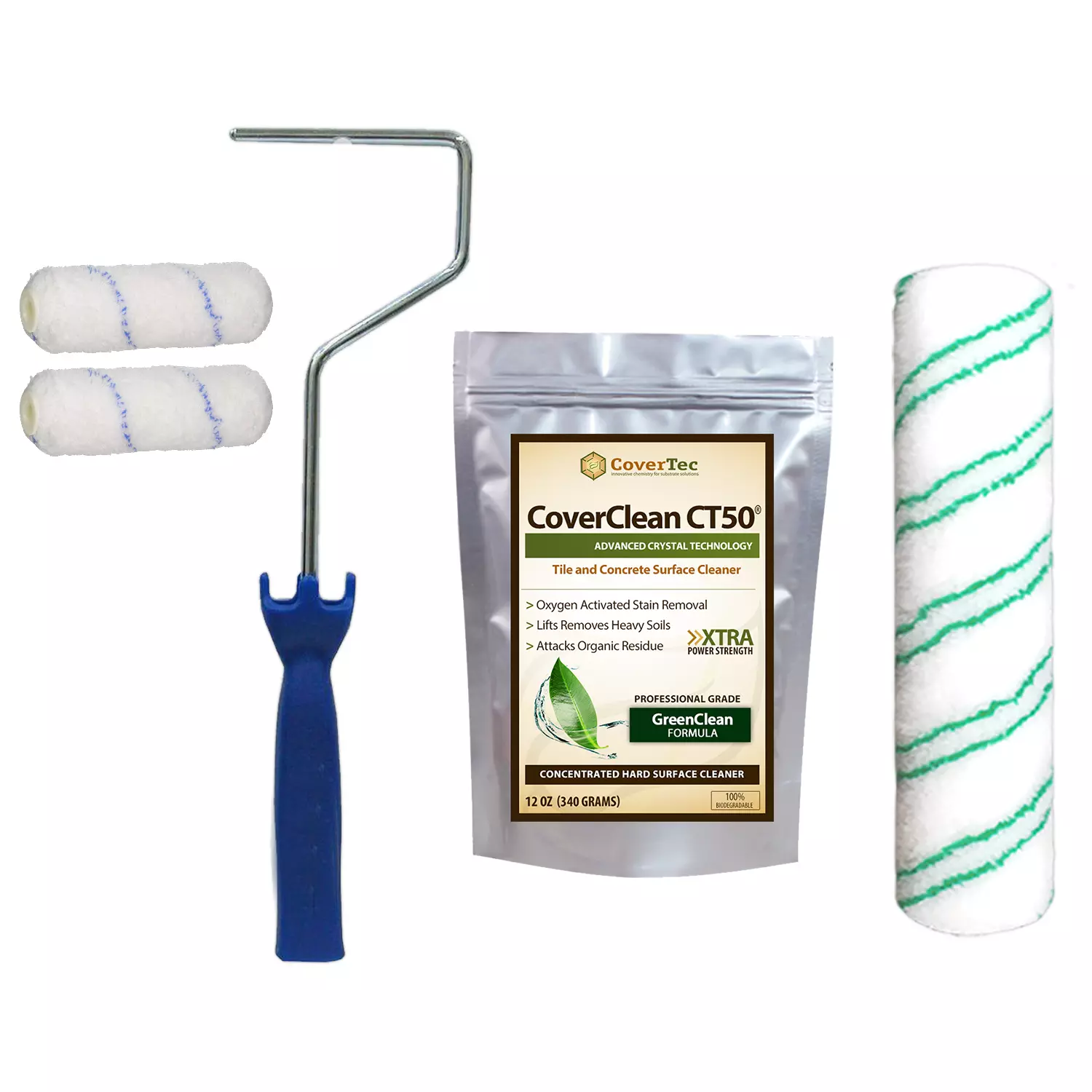
FREE SHIPPING OVER $20
Free Shipping Inside The USA

MONEY BACK GUARANTEE
30-Day Money Back Guarantee.

MADE IN THE USA
100% American Made Products.

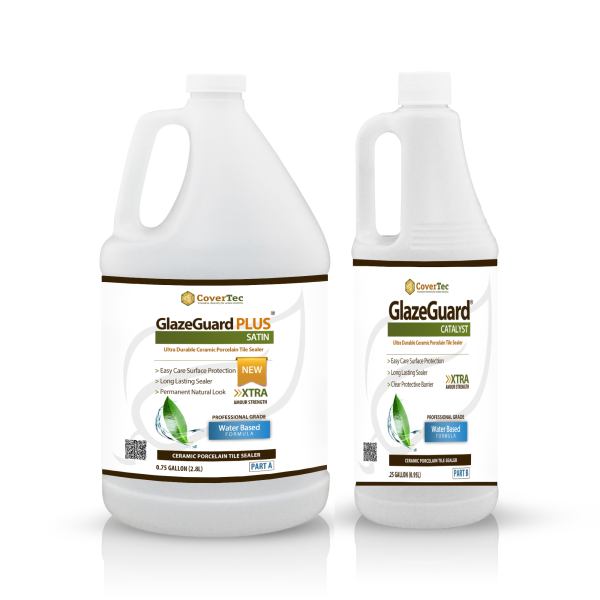
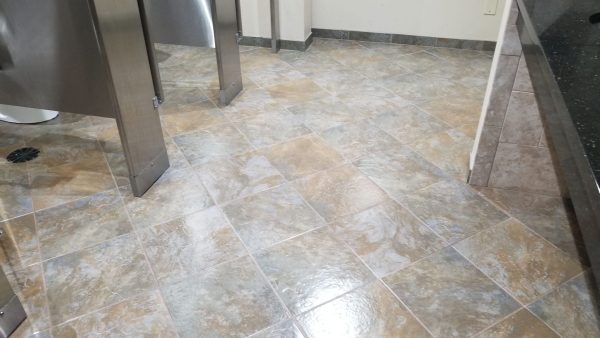
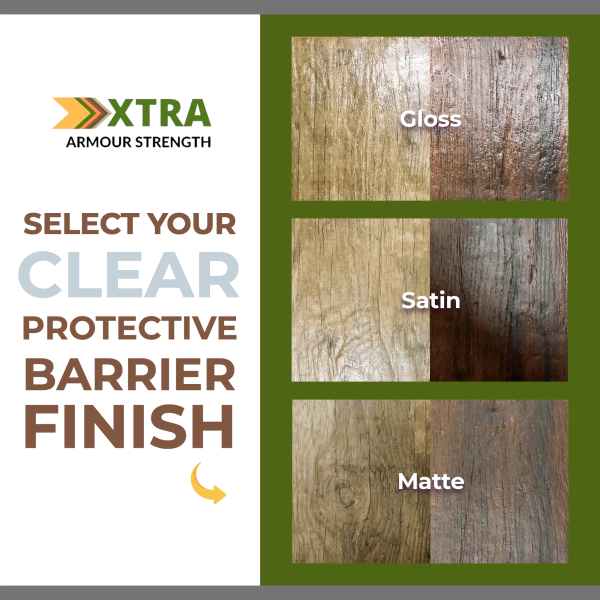
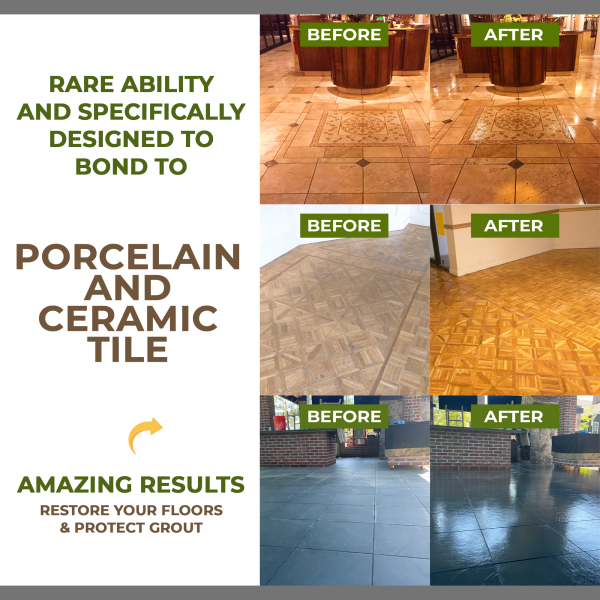
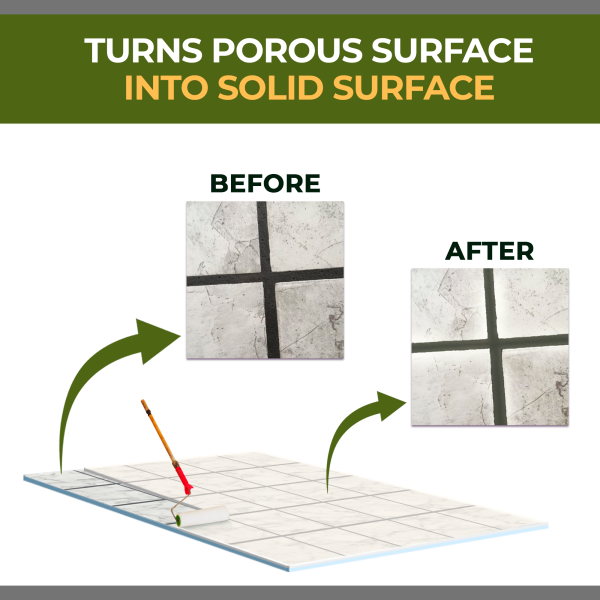
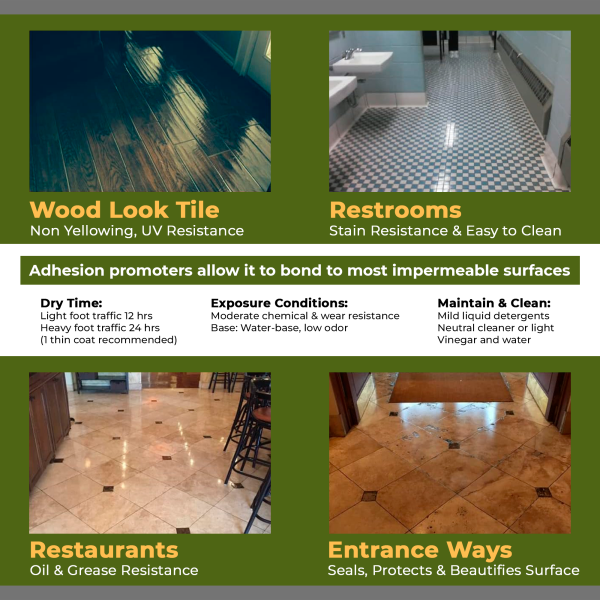
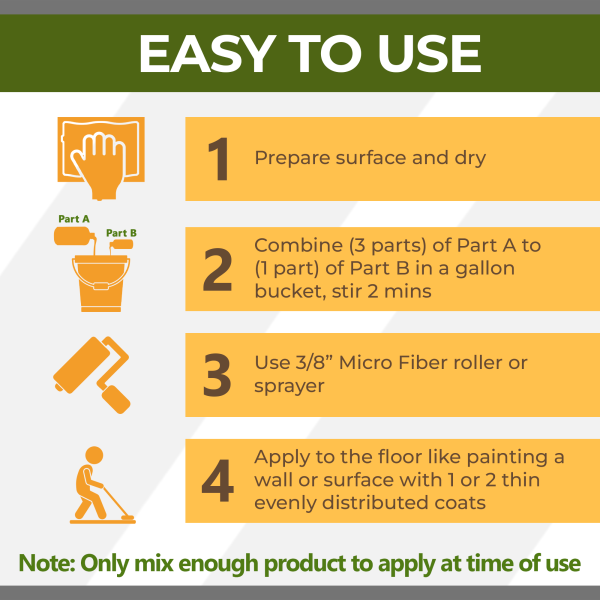
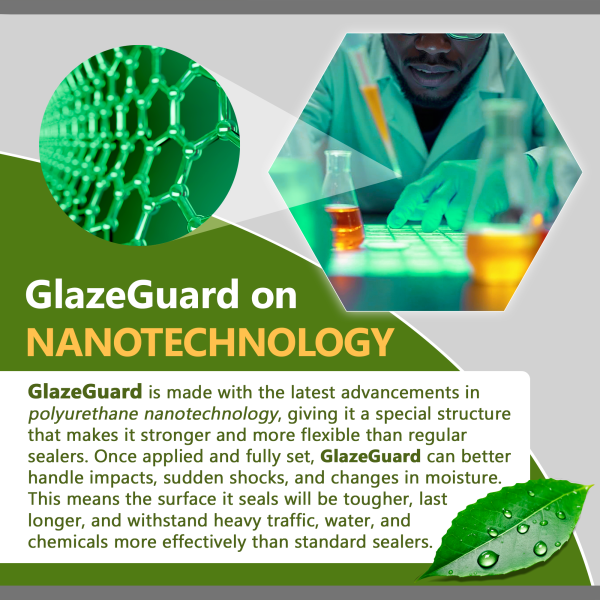
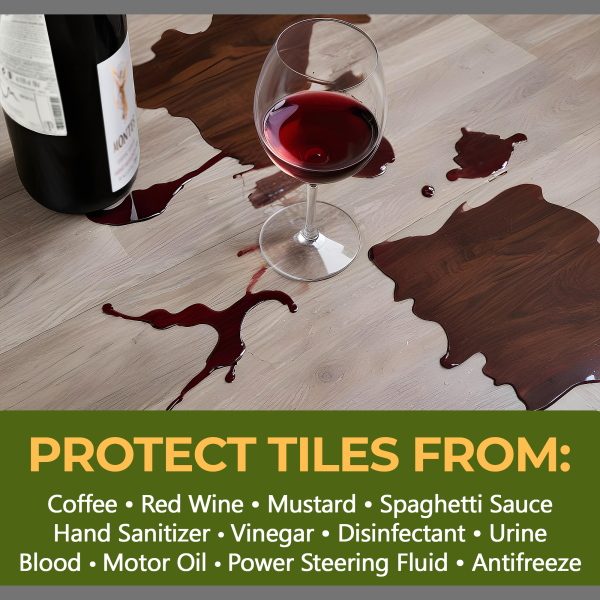
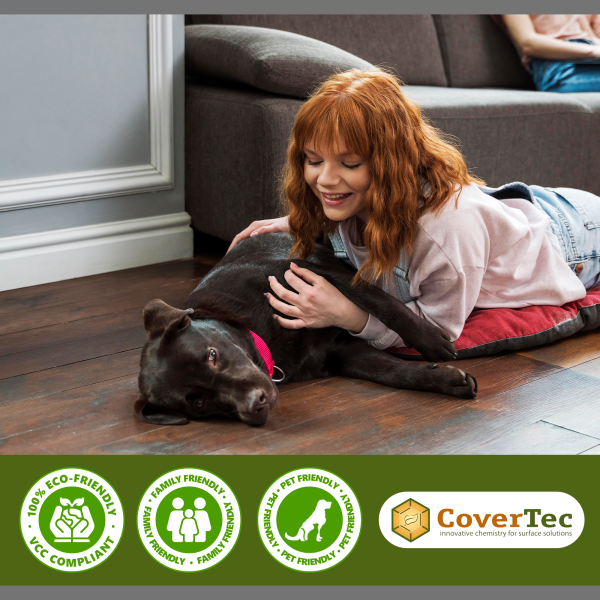
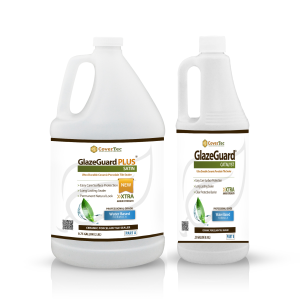
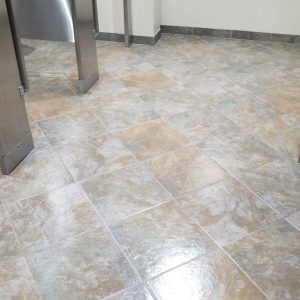
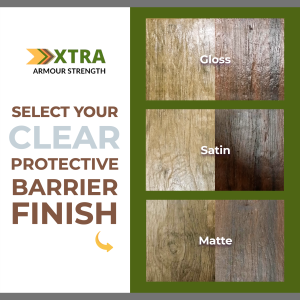
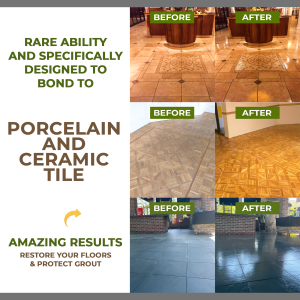
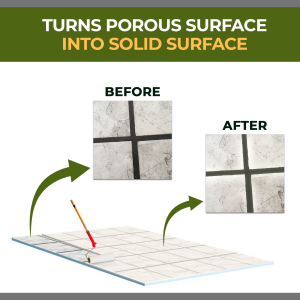
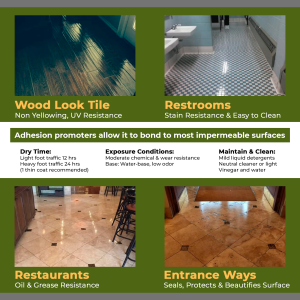
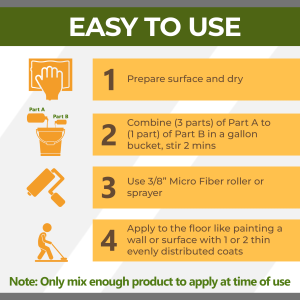

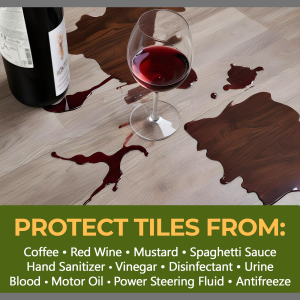
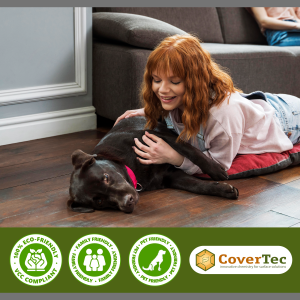
Porcelain Floor Sealer – GlazeGuard Satin Finish, Low Sheen Tile And Grout Sealer
- Location : Interior/Exterior
- Task : Tile and Grout
- Application : 3/8 th Microfiber Roller
- Base : Water Based
- Coverage : 500 - 800ft²/gallon
- Finish : Satin
- Secure Checkout
- Location : Interior/Exterior
- Task : Tile and Grout
- Application : 3/8 th Microfiber Roller
- Base : Water Based
- Coverage : 500 - 800ft²/gallon
- Finish : Satin
Delivery Time: Typically 3 to 5 business days
Frequently Bought Together
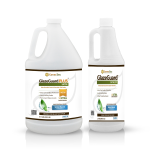
Porcelain Floor Sealer – GlazeGuard Satin Finish, Low Sheen Tile And Grout Sealer
$15.00 – $638.30
In stock
- Description
- Application
- Product Quantity Calculator
- Gallery
- Technical
- FAQs
- Reviews
Description
GlazeGlazeGuard® Satin Finish Glazed Porcelain Tile Sealer For Ceramic and Other Surfaces
Ultra Durable Clear Sealer for Ceramic, Porcelain and Stone Tile
GlazeGuard® Satin Unboxing Video
GlazeGuard® Satin Tile Sealer
How to Apply GlazeGuard® (Any Finish)
Repair Scratches on GlazeGuard® Sealed Surfaces
What Is GlazeGuard® Satin Ceramic And Porcelain Tile Sealer?
GlazeGuard® Satin Finish Glazed Porcelain Tile Sealer For Ceramic And Porcelain provides a sheen that’s in between the Matte and the Glossy products. GlazeGuard® Matte is a very flat finish sealer. GlazeGuard® Gloss offers a high gloss sheen. The Satin finish is in between the previous two sealer types.
How Is GlazeGuard® Satin Finish Different From A Wet-Look Sealer?
GlazeGuard® Satin will give the floor tile and grout a wet look, similar to the gloss. However, the sheen or shine level, is not as glossy. You’ll still get a wet look, but you won’t have such a strong shine.
How Is GlazeGuard® Satin Finish Different From A Wet-Look Sealer?
GlazeGuard® Satin will give the floor tile and grout a wet look, similar to the gloss. However, the sheen or shine level, is not as glossy. You’ll still get a wet look, but you won’t have such a strong shine.
Can GlazeGuard® Be Used On Polished Porcelain Tiles?
Many people ask us: Can we use GlazeGuard® Satin on polished porcelain tiles?
In general, polished surfaces are very difficult to apply sealers to. And it doesn’t make them look any more attractive.
We don’t recommend sealing polished porcelain, polished ceramic or polished stone tiles with ANY sealer… including GlazeGuard®.
GlazeGuard® Approved Surfaces:
- Ceramic
- Porcelain
- Stone
- Marble
- Concrete
- Ceramic
- Porcelain
- Stone
- Marble
- Concrete
Surfaces Not Recommended:
- Polished Porcelain
- Polished Ceramic
- Polished Stone Tile
- Exterior Wood.
Which Areas Are Ideal For A Tile Sealer Like GlazeGuard® Satin Finish?
You can use GlazeGuard® Satin on most kinds of ceramic or porcelain tile. It works very well in wet areas like in a kitchen, shower, or bathroom.
GLAZEGUARD IS NOT RECOMMENDED FOR USE ON POLISHED PORCELAIN, POLISHED CERAMIC TILE, OR POLISHED STONE.
These are places you want to keep the tile and the grout:
- Very clean
- Make it easier to maintain, and
- Cut down on the odors that may come from the ground
Ceramic and porcelain tile surfaces in commercial or residential applications are ideal areas to use GlazeGuard® Satin finish. It’s designed to stick to these very hard, dense surfaces.
We can use this tile sealer in a commercial or residential application where the goal is to change the sheen. It can be used to make it more shiny or glossy, or to reduce the current sheen.
It can also be used on natural stone or concrete. Surfaces like these are more porous and susceptible to staining or discoloration. GlazeGuard® Satin can put a clear, protective barrier across stone and concrete flooring both indoors and outdoors.
We can use this tile sealer in a commercial or residential application where the goal is to change the sheen. It can be used to make it more shiny or glossy, or to reduce the current sheen.
It can also be used on natural stone or concrete. Surfaces like these are more porous and susceptible to staining or discoloration. GlazeGuard® Satin can put a clear, protective barrier across stone and concrete flooring both indoors and outdoors.
How Does Glazeguard® Satin Perform In High Traffic Areas?
GlazeGuard® Satin finish performs very well a lobby ways, walkways, stairways which are typically high traffic areas. This sealer leaves a tough, durable barrier across the tile and the grout to make it easier to:
- Clean
- Maintain, and
- Eliminate wear-patterns typical to high traffic areas.
What Other Surfaces Can Glazeguard® Satin Finish Be Used On?
GlazeGuard® Satin finish can be used on floors and walls. You can apply the product to ceramic and porcelain surfaces both horizontal and vertical. It will work on back-splashes, shower walls, or the walls in busy environments such as schools and hospitals.
Just bear in mind that in such well-used areas, we recommend you apply two coats on a vertical application. But even with a single coat, it will still leave a very durable protective barrier in those situations.
Is Glazeguard® Satin Best Suited For Interior Or Exterior Use?
GlazeGuard® Satin finish can be used for interior or exterior purposes. It’s got very good UV resistance. It’s non-yellowing, and will last for years, whether it’s applied to a surface on the exterior or interior of a home or building structure.
The reasons why GlazeGuard® works so well in these areas are:
1) The adhesion properties.
These adhesion promoters allow for strong bonding to very dense, impermeable surfaces like ceramic and porcelain.
2) Approximately 50% polymer content.
The fact that this product has such a high polymer content makes it a very durable, chemical resistant product.
3) As a two-part sealer, it forms incredibly strong cross links, resulting in a very tough, UV resistant barrier.
It won’t break down due to contact with cleaning chemicals or staining. It’s designed to work very well for both interior and exterior applications from the start.
You can use GlazeGuard® Satin on un-glazed surfaces. In fact, we highly recommend it, because these surfaces are susceptible to staining and discoloration.
They’re much more porous than a glazed tile, so putting a clear barrier across the tile and the grout will:
1) Protect that surface
2) Make it easier to clean, and
3) Enhance the look by bringing out the colors
One of the key advantages of using GlazeGuard® Satin finish is that it makes cleaning and maintaining the floor much easier.
You don’t need to use harsh or aggressive chemicals. You just need to use mild detergents or mild soap to clean the surface. The dirt won’t stick to the surface like it does with untreated tiles.
You don’t have to use a concentrated level of cleaning supplies, which will typically reduce your costs noticeably.
It’s also important to keep dust and dirt and sand off the floor. It’s a good practice to use mats at entrance ways to trap dirt, dust and grease before they get onto the floor.
Using GlazeGuard® Satin finish on grout is highly recommended. It’ll put a very dense, impermeable barrier across the grout that will stop stains and odors coming out of the ground.
For example, in a restroom situation, you need to make sure the floor has not been previously sealed. More specifically if the surface was sealed with impregnator products, they are water repellent.
If that’s the case, then the sealer must be removed before you seal it with a water based GlazeGuard® product. Otherwise, the previous slear will repel the GlazeGuard® finish.
If your grout has being previously sealed, and you want to seal over it with GlazeGuard® Satin, you need to just check with the sealant manufacturer regarding how to remove that product.
We always tell people to be fussy about cleaning porcelain tile before sealing it with GlazeGuard® Satin finish.
Remember, you’re going to seal it with something that’s going to last several years. Make sure there’s no dust or dirt on the floor. Any footprints or stains will be locked down by the GlazeGuard® sealer.
So be fussy about cleaning it. You should use a High PH tile and grout cleaner that will remove dirt grease stains.
If applying it to areas like a shower or restroom that’s constantly exposed to water or cleaning chemicals, we recommend you micro-etch the surface with something like our PreTreat Mild Acidic Ceramic Tile Cleaner. It will prepare the surface, and give you better adhesion for the GlazeGuard® sealer.
GlazeGuard® Satin is actually very chemically resistant, so unusual spills or messes are typically no problem. In most cases it’s going to resist the spilled substance and give you plenty of time to clean it up without damaging the surface.
If it’s very aggressive or very acidic, you might see a change in the gloss. In that case you can repair that area locally by sanding it, and re-applying a top-coat.
If there’s a lot of water, such as in a flooding situation, GlazeGuard® has excellent short-term and long-term water immersion resistance as well. Just allow the floor to dry out, and you’ll be fine.
If, for any reason, you notice watermarks after prolonged water immersion, don’t panic. Simply let the tile dry, then sand the surface and re-apply the GlazeGuard® product.
What Are Customers Saying About GlazeGuard® Satin?
Our clients love the entire GlazeGuard® product line for a few key reasons:
- They are very water resistant, and prevent stains and discoloration from excessive exposure to moisture or continuous immersion.
- They are very chemical resistant, and prevent harmful and staining substances from getting through to the floor below.
- They improve the appearance of ceramic and porcelain floors and walls, for much longer than store-bought sealers.
- They don’t strip off easily and require gentle cleaning with everyday soaps or detergents.
- Cleaning and maintenance costs and labor go down because once sealed, dirt, stains and discolorations are a thing of the past. And if something goes wrong, they simply have to strip that local area and re-apply the GlazeGuard® product.
- They protect both the tile floor and the grout, to keep surfaces clean and odor-free.
Every product in the GlazeGuard® line makes ceramic and porcelain floors look pristine and easy to maintain. And applying them are easy enough for the average do-it-yourself consumer.
Features
- Easy Maintenance and Cleaning
- Protective Shield Across Tile & Grout
- Slip Resistant
- Maintains Gloss
- UV stable, Non-Yellowing
- Chemical Resistant
- Zero Odor
- Excellent Abrasion Resistant
Typical Uses
- Bathrooms/ Restrooms
- Kitchens and Dining Areas
- Lobby and Hallways
- Stairs and Entrances
- Tile and Grout Surface
- Floors and Walls
- Ceramic and Porcelain
- Stone and Concrete
- Interior and Exterior
Shelf Life
12 months when stored at 77°F (25°C) or less in a dry and shaded area. Protect from freezing.
Theoretical Coverage
Approximately 500ft²/gallon (12.2 m2 /liter) depending on the size density and porosity of the grout joints.
GlazeGuard Satin Ceramic & Porcelain Tile Sealer Videos
| Product Name | Surface Type | Coverage | Size of Area (sq ft) | Recommended Quantity |
|---|---|---|---|---|
 Porcelain Floor Sealer – GlazeGuard Satin Finish, Low Sheen Tile And Grout Sealer Porcelain Floor Sealer – GlazeGuard Satin Finish, Low Sheen Tile And Grout Sealer
|
Smooth Surface | 800 sq. ft. per gallon | ||
 Porcelain Floor Sealer – GlazeGuard Satin Finish, Low Sheen Tile And Grout Sealer Porcelain Floor Sealer – GlazeGuard Satin Finish, Low Sheen Tile And Grout Sealer
|
Textured Surface | 500 sq. ft. per gallon |
- The recommended amounts are approximate only, and are for One (1) application.
- Check product data for recommended number of applications.
- Test product on actual surfaces to determine exact coverage rates.
![]() GlazeGuard Satin Technical Data Sheet
GlazeGuard Satin Technical Data Sheet
GlazeGuard Mixing Instructions
GlazeGuard Satin Safety Data Sheet
The kit consists of an A side and B side bottle and a small Reducer bottle. A total of 3 bottles in a kit. Cleaning products and application equipment are not included.
Apply using a roller, in a similar manner to painting a floor. For best results use a high quality 3/8 nap microfiber non-shed roller. To cut in the edges and around corners use a 4” or 6” wide roller or brush. For large areas it is recommend that two people apply the product. One person cutting in the edges and corners and the other rolling out the main area. Make sure the room is well lit. This will help avoid missed spots when applying a clear sealer. GlazeGuard is a two-part material, so once mixed it has 60-minute working time (pot life). Only mix enough material that can be used in 60 minutes. Change out rollers after 60 minutes of use. Do not allow GlazeGuard sealer to puddle in the grout joints.
GlazeGuard when fully cured has a hard surface so dirt does not easily stick to it. You don’t need to use aggressive cleaners. A part of maintaining your floor is to use dust mop or “Swiffer” type microfiber mop to keep sand and dirt off the floor. After that to wash the floor you can use neutral clean or mild liquid detergents, light vinegar solutions, or light ammonia solutions. Stay away from solvents like Paint strippers, Acetone and Xylene. If you do have to use concentrated cleaners/degreasers. Dilute according to manufactures directions and clean up residue right away. For more information see GlazeGuard Maintenance instructions.
Yes. We typically ship by DHL or UPS outside the USA. Our products are non-hazard and ship easily by land, ocean or air. You just have to pay the shipping cost including any local taxes or duties that may apply. If you contact service@covertecproducts.com and confirm product quantity and your ship to address, we would be happy to quote.
Yes, GlazeGuard is a UV resistant non yellowing polyurethane coating and can be used for exterior and interior applications. Exterior surfaces should be prepared using PreTreat before applying the GlazeGuard.
Yes, GlazeGuard will form a clear stain and oil resistant barrier across the surface of the tile and grout. GlazeGuard can drip and form runs, so for vertical applications, the product needs to be applied in two thin coats. Wait approximately 5 minutes between coats and back roll as necessary to catch any runs.
Yes. Because GlazeGuard contains adhesion promoters it can bond to may surfaces including concrete, wood, natural stone terrazzo, metal, vinyl and rubber.
GlazeGuard is not recommended for polished surfaces such as polished porcelain or polished marble.
GlazeGuard is not recommended for polished surfaces such as polished porcelain or polished marble.
For wet areas such as shower room floors and restrooms that regularly get wet, we recommend that you first prepare the surface with PreTreat before coating with GlazeGuard. PreTreat is a mild acid-based cleaner that will microscopically etch the tile surface and increase the adhesion.
Yes, GlazeGuard can be used to seal wet areas such shower room floors and walls. Before sealing the tile as to be lightly etch using our PreTreat ( or PreTreat Gel for the walls) to give better adhesion under wet conditions. Wash the floor with our neutral cleaner GlossClean to neutralize the surface and allow tile and grout to dry before sealing.
Yes, GlazeGuard can be used to seal wet areas such shower room floors and walls. Before sealing the tile as to be lightly etch using our PreTreat ( or PreTreat Gel for the walls) to give better adhesion under wet conditions. Wash the floor with our neutral cleaner GlossClean to neutralize the surface and allow tile and grout to dry before sealing.
Both the gloss and the satin finish will give you a wet look. The gloss is a high gloss finish and the satin is a semigloss finish. Both will bring out the colors of tile. The Matte finish will leave the tile with a flat no sheen finish. Note that with all three finishes (Gloss, Matte and Satin) will darken the grout. To get an idea of how dark the grout line will become, just sprinkle some water on to your grout joint and observe how dark it turns. The GlazeGuard will produce a similar effect but the grout will stay that dark we it dries.
Yes, GlazeGuard is a tough water based polyurethane sealer developed specifically to bond to ceramic and porcelain tile. Not many sealers can bond (long term) to ceramic or porcelain tile. However, GlazeGuard does! We use propriety adhesion promoters and the latest nano technology to enable GlazeGuard to do this.
We have many customers using GlazeGuard to provide a clear protective surface to porcelain tile and grout. It will give the floor a long-lasting gloss, satin or matte appearance and make the tile and grout much easier to clean . GlazeGuard typically lasts 3 years in high traffic (commercial) applications and typically 5 years in a residential application. When it comes time to topcoat GlazeGuard, you just lightly sand the surface and clean off the dust then reapply a topcoat.
The 1-gallon kit of Gloss or Satin finish will cover approximately 500 sq. ft (46 sq.m)
The 1-quart kit of Gloss or Satin will cover approximately 125 sq. ft (12 sq.m)
The 0.75-gallon kit of Matte finish will cover approximately 375 sq. ft (35 sq.m)
The 36 oz kit of Matte will cover approximately 140 sq. ft (13 sq.m)
Note that coverage depends on the texture of the surface and the size and porosity of the grout lines. Tile floors with wider grout lines will use more material per gallon.
The 1-quart kit of Gloss or Satin will cover approximately 125 sq. ft (12 sq.m)
The 0.75-gallon kit of Matte finish will cover approximately 375 sq. ft (35 sq.m)
The 36 oz kit of Matte will cover approximately 140 sq. ft (13 sq.m)
Note that coverage depends on the texture of the surface and the size and porosity of the grout lines. Tile floors with wider grout lines will use more material per gallon.
A single coat is usually enough for GlazeGuard. If you need a second coat, then sand 1st coat to a dull finish using 220 grit paper. Clean up with rubbing alcohol and cloth to remove the dust. Allow to dry and apply GlazeGuard.
No. Typical grout sealers are water repellant and not compatible with GlazeGuard. They will act as a bond breaker. GlazeGuard on its own will provide a clear protective surface to both the tile and grout. It will give the floor a long-lasting wet look appearance and make the tile and grout much easier to clean.
To spot repair or recoat entire area it is not necessary to strip the sealer, you just need to sand or scrub the surface clean so it can be top coated. Sand with 120 grit sandpaper or scrub with black pad and GlossClean neutral cleaner. Clean off the dust or residue and apply a topcoat. For more detailed instruction see GlazeGuard Maintenance instructions.
GlazeGuard has good anti slip properties when dry but it can get slippery when wet on a smooth surface. Increase slip resistance can be achieved by mixing in our CoverGrip anti slip additive at the time of application.
Light foot traffic is possible after 10-12 hours and heavy foot traffic is possible after 24 hours at 77deg F (25 deg C) and 50% humidity. Dry time is very dependent product thickness, temperature and humidity. The higher the temperature and humidity the faster it will dry. If the tile is cold and the air is dry the dry time will be significantly extended. Allow a further 24- 48 hours before moving furniture (Lift and place).
Yes, the pot life is very important. The pot life is basically the amount of working time you have to apply the product once the product is mixed. GlazeGuard has a 60-minute pot life at 77deg F (25 deg C). Any remaining product after that point must be thrown away. Using product once in its past its pot life will result in product failure.
No. GlazeGuard is not recommended for porcelain tubs and sinks.
Yes. You are going to apply a sealer that will last many years. It is important to make sure that any dirt, footprints, hair and dust off the floor before you seal with GlazeGuard.
We recommend our CT_50 tile and grout cleaner. This powerful surface cleaner will clean off oil, grease, wax, soap scum, mold, dirt and stains from glaze and unglazed tile, grout, natural stone and concrete surfaces.
We recommend our CT_50 tile and grout cleaner. This powerful surface cleaner will clean off oil, grease, wax, soap scum, mold, dirt and stains from glaze and unglazed tile, grout, natural stone and concrete surfaces.
GlazeGuard has some flexibility and will provide a clear protective seal to ceramic tile and grout. However, GlazeGuard will not bridge moving cracks in the grout. These will need to be fixed first. The floor to wall transition should be sealed using polyurethane or acrylic caulk.
For additional slip resistance when wet, we have a fine additive called CoverGrip which is mixed into the GlazeGuard during application. This will give the surface a high traction finish.
What customers are saying
Related Products
